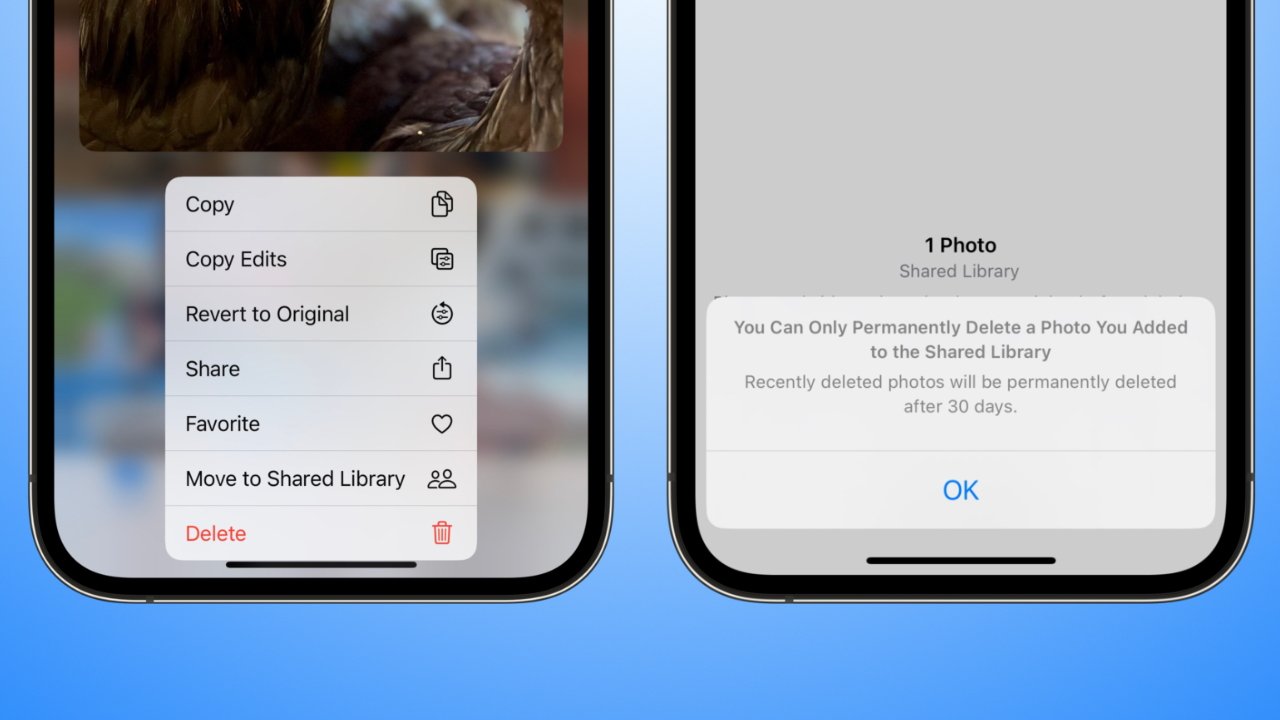iOS resurrected photo bug fixed with iOS 17.5.1 detailed by Apple
Deleted photos reappeared on some iPhones running iOS 17.5, and Apple has finally clarified how that might occur -- it isn't iCloud.

Deleted photos were reappearing in people's Photos app
The iOS 17.5.1 update that fixed the reappearing photos bug had a brief description involving a corrupted database. Apple has clarified what exactly that meant and explained how a photo might reappear even after deleting it years prior.
According to information Apple shared with 9to5Mac, photos reappeared due to local corrupted files surviving between device upgrades thanks to backups and transfers. Apple never had access to deleted photos, nor was the corrupted data maintained as part of iCloud Photos sync.
In other words, when a photo is deleted in the library, it is truly deleted in the OS. However, because of how NAND storage works, the memory used to store the photo is marked as available rather than immediately deleted.
A bug caused some files to persist due to database corruption. Since the error occurred outside of the photos library, the deleted files never left the device unless a device transfer or backup occurred.
In iOS 17.5, these files were restored from the corrupted state and repopulated the Photos app. Apple called it a rare occurrence and didn't share how many users were affected otherwise.
If a device was wiped correctly using the "Erase All Content and Settings" function, the corrupted database would be erased, too. Apple confirmed that the single Reddit account of someone else's photos appearing in their library wasn't real.
If old photos did reappear, simply delete them again. The fix in iOS 17.5.1 fixed the problem that caused the corrupted database to persist and bring back old deleted photos, but it didn't re-delete the photos that had been restored.
Read on AppleInsider

Comments